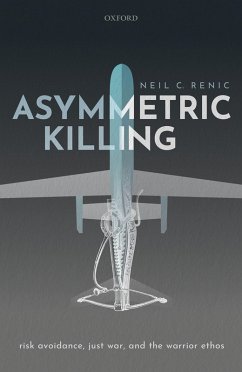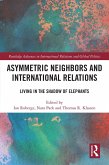This book offers an engaging and historically informed account of the moral challenge of radically asymmetric violence - warfare conducted by one party in the near-complete absence of physical risk, across the full scope of a conflict zone. What role does physical risk and material threat play in the justifications for killing in war? And crucially, is there a point at which battlefield violence becomes so one-directional as to undermine the moral basis for its use? In order to answers these questions, Asymmetric Killing delves into the morally contested terrain of the warrior ethos and Just War Tradition, locating the historical and contemporary role of reciprocal risk within both. This book also engages two historical episodes of battlefield asymmetry, military sniping and manned aerial bombing. Both modes of violence generated an imbalance of risk between opponents so profound as to call into question their permissibility. These now-resolved controversies will then be contrasted with the UAV-exclusive violence of the United States, robotic killing conducted in the absence of a significant military ground presence in conflict theatres such as Pakistan, Yemen, and Somalia. As will be revealed, the radical asymmetry of this latter case is distinct, undermining reciprocal risk at the structural level of war. Beyond its more resolvable tension with the warrior ethos, UAV-exclusive violence represents a fundamental challenge to the very coherence of the moral justifications for killing in war.
Dieser Download kann aus rechtlichen Gründen nur mit Rechnungsadresse in A, B, BG, CY, CZ, D, DK, EW, E, FIN, F, GR, HR, H, IRL, I, LT, L, LR, M, NL, PL, P, R, S, SLO, SK ausgeliefert werden.









